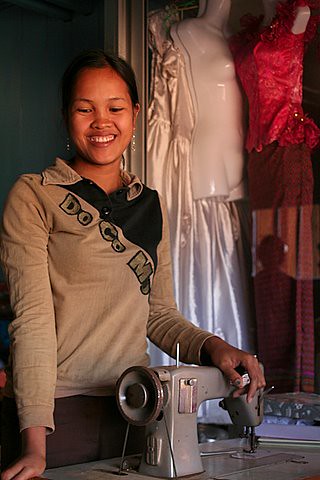 STOEUNG TRUNG, Cambodia � Once upon a time, Chea Sokleng was a landmine survivor who did not know how to help feed her family or fit in with her community. Then, the older teenage girl saw people in her village walking around in T-shirts advertising a new training program not far from her home and she mustered the courage to inquire.
STOEUNG TRUNG, Cambodia � Once upon a time, Chea Sokleng was a landmine survivor who did not know how to help feed her family or fit in with her community. Then, the older teenage girl saw people in her village walking around in T-shirts advertising a new training program not far from her home and she mustered the courage to inquire.Now, the attractive 20-year-old is a specialist at making wedding dresses in her village where no sewing services even existed before she started her own business with support from Clear Path International and its Khmer partner, Cambodia Volunteers for Community Development.
Better yet, she helps generate a healthy income alongside her father and her siblings who work in the fields. And we hope she will live happily ever after.
When you travel along the Mekong River and inland in Kampong Cham province, you can hear the same fairy tale in lots of corners. Five years after we started offering vocational skills training in sewing, mechanics and electronics, 120 landmine survivors or their family members are newly employed or self-employed.
This past year, CPI and CVCD finally completed the tail end of the program with a closeout extension providing technical, business and financial assistance to more than 90 of the training center�s graduates. This was after enrolling 150 students in four courses (30 dropped out for a variety of personal reasons) at the rented facility in Stoeung Trung.
Although we have since moved on to our rice mill project to train and employ landmine accident survivors clear across the country in Cambodia�s western Battambang province, we still keep in touch with the many graduates of the program whom we have gotten to know personally.
Eighty-seven of the 120 who graduated are now successful small-business entrepreneurs, 20 have found employment with local companies while 13 work for one of Cambodia�s many non-governmental organizations.
We have many donors to thank for this success: the McKnight Foundation, United Methodist Committee on Relief, Susila Dharma U.K., Susila Dharma U.S.A., the Johnson & Widdifield Charitable Trust, Grace Episcopal Church and many others who have contributed financially over the years.
CPI co-founder and board member Kristen Leadem helped design the program with Sothea Arun and Doeur Sarath from CVCD. We had lots of help from Handicap International, Cambodia�s Ministry of Social Affairs, Veterans & Youth, and from the provincial hospital in Kampong Cham. A special thanks goes to Kim Dovorn, a former nurse and amputee himself, who was the center�s director throughout its existence. He was a role model, guide and counselor for the students as they went through 6 � 10 months of training away from home.
We learned a lot from the five-year program � lessons we now hope to bring to bear on our ambitious rice mill project in Bavel district up against the Thai border which was a doormat for guerillas and government troops who placed landmines everywhere.
As I write the final report on the closeout extension for the McKnight Foundation and look at the faces of Chea and her fellow students, I feel we have made a lot of dreams come true.

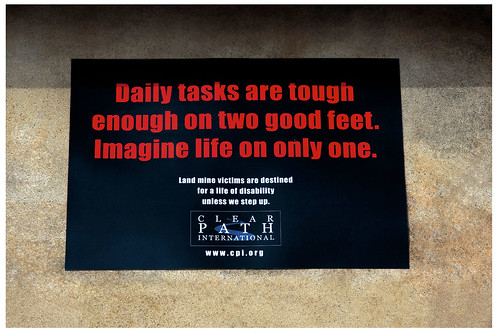
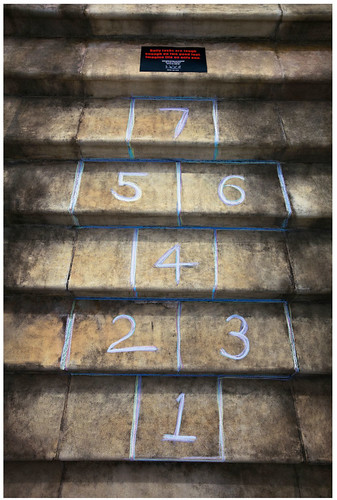
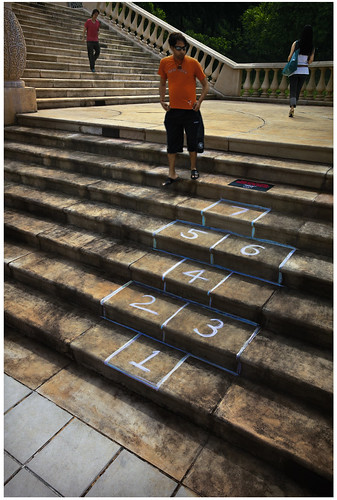

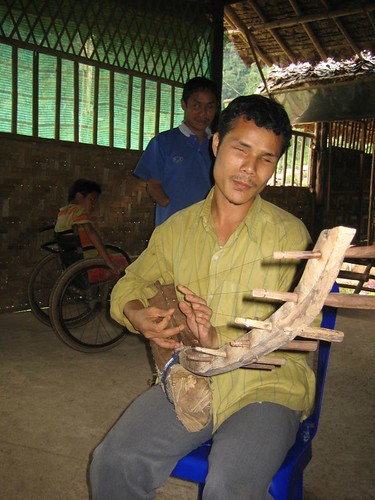

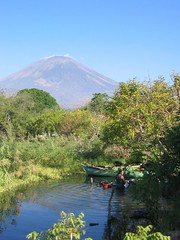
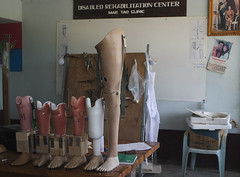
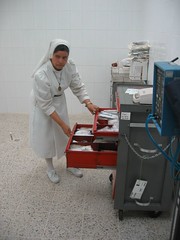
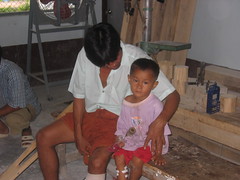
 Sometime in the first quarter of 2001, I was late for my flight out of Washington, DC to New Orleans. Being the last one to board, I was assigned the only remaining seat on the plane in the Economy Plus section. As I boarded the plane, I immediately recognized the man in the aisle seat next to my assigned middle seat was Senator John McCain.
Sometime in the first quarter of 2001, I was late for my flight out of Washington, DC to New Orleans. Being the last one to board, I was assigned the only remaining seat on the plane in the Economy Plus section. As I boarded the plane, I immediately recognized the man in the aisle seat next to my assigned middle seat was Senator John McCain.
